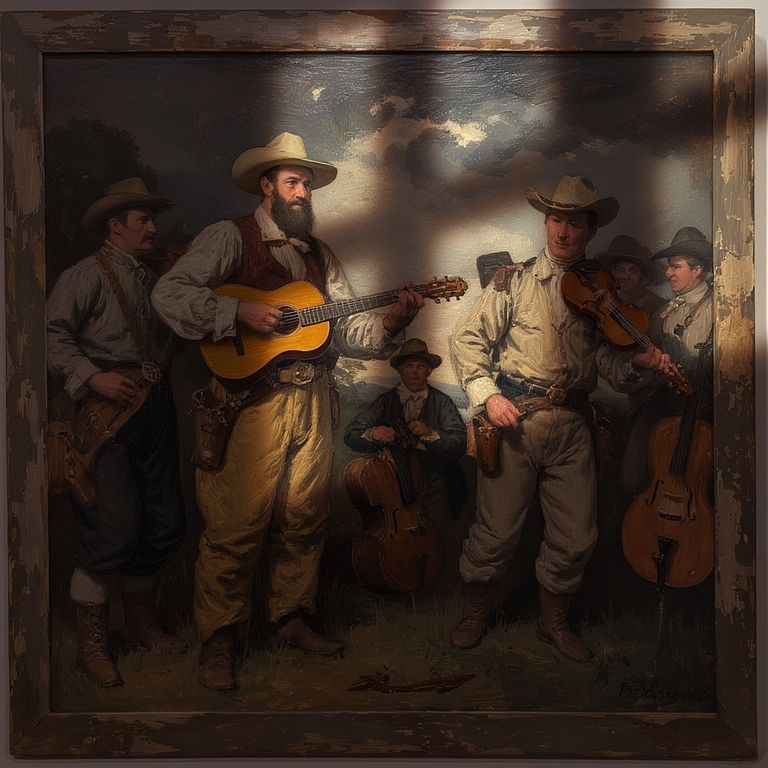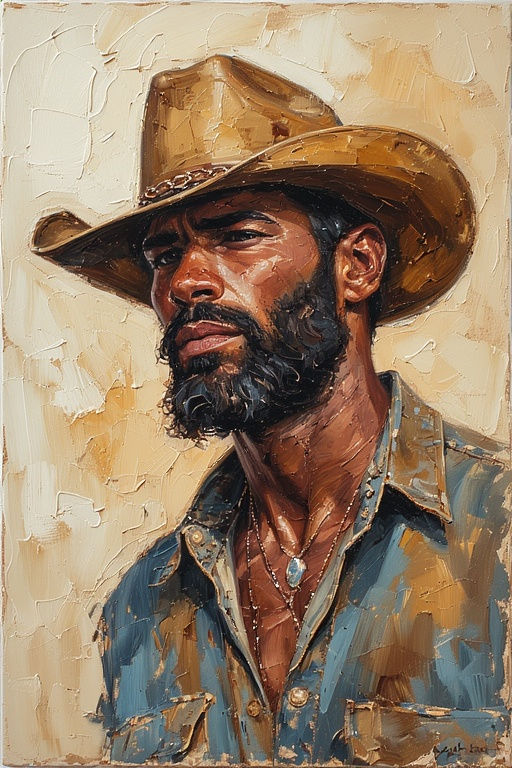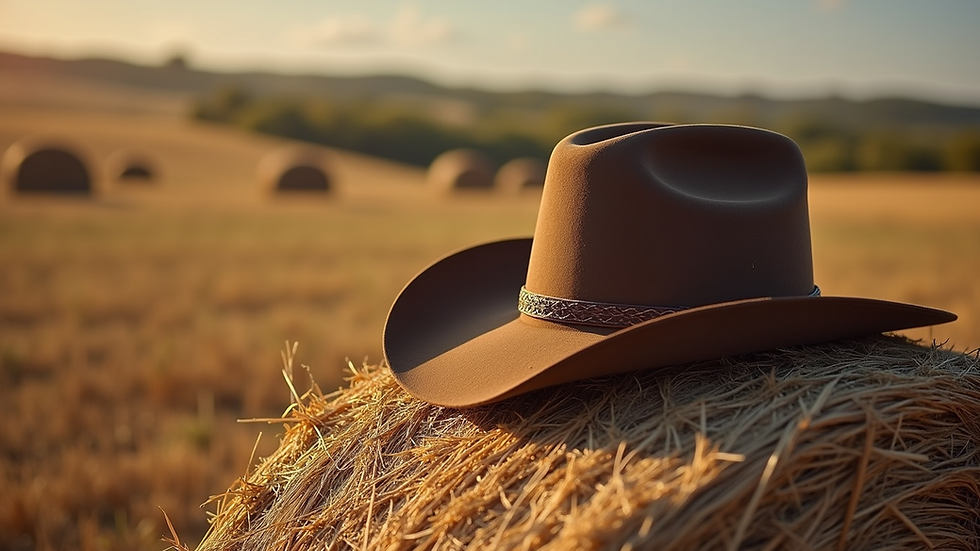The Heartbeat of America: Unraveling the Rich Tapestry of Country Music History
- Franco Arteseros
- Sep 17
- 5 min read
Country music, often called the heartbeat of America, speaks to the soul of its listeners. Its unique sound blends folk, blues, and gospel elements, but more importantly, it serves as a storytelling tradition. Through its emotional themes and relatable narratives, country music has woven itself into the fabric of American culture, reflecting both the joys and challenges of everyday life.


As we explore the history of country music, we will look at its origins, evolution, and the cultural stories that surround it. From the fiddles of Appalachia to the vibrant stages of modern festivals, the history of country music is about resilience, creativity, and connection.
Origins of Country Music

The roots of country music lie in the rural American South and the Appalachian Mountains, where a multitude of musical traditions merged. The genre took shape in the early 20th century, heavily influenced by European folk music brought over by immigrants, alongside the powerful sounds of African American blues and gospel.
Musicians in the Appalachian region gathered in homes and community spaces to share their songs that spoke of love, hardship, and the beauty of rural life. Instruments like the fiddle and banjo became staples, creating a melodic foundation for heartfelt lyrics. For example, the story of "Wildwood Flower" speaks to the beauty and simplicity of life on the land, encapsulating the essence of early country music.

As the genre developed, it became evident that country music wasn’t merely entertainment. It was a way of sharing life experiences that resonated deeply with its audience—a reflection of everyday struggles and victories.
Historical Evolution of Country Music
1920s–30s: “Hillbilly” Beginnings and Radio’s Role
The 1920s marked a pivotal moment for country music as it began to gain national attention. The term "hillbilly" was used to describe the music and its artists, highlighting the genre's rural roots. Radio played a key role in this growth, allowing artists to reach audiences far beyond their communities.
One of the first major platforms was the Grand Ole Opry, which began broadcasting in 1925. It showcased talent from across the country, helping establish Nashville as the heart of the genre. The Carter Family, with hits like "Keep on the Sunny Side," set the standard for storytelling and harmony that influenced generations.
1940s–50s: Honky-Tonk and Electrification
The 1940s and 50s brought a new wave called honky-tonk, known for its lively rhythm and themes of heartbreak and celebration. Artists like Hank Williams, renowned for songs such as "Your Cheatin' Heart," emerged as major figures. This era also saw the introduction of electric instruments, giving songs a fuller sound.
This period introduced the Nashville Sound, a polished style that aimed to appeal to broader audiences. With their powerful voices and emotional range, artists like Patsy Cline, known for "Crazy," helped recast country music in the mainstream.
1960s–70s: Nashville Sound vs. Outlaw Country
In the 1960s and 70s, a cultural shift emerged. While the Nashville Sound dominated the charts, a counter-movement known as Outlaw Country gained traction. Artists like Willie Nelson and Waylon Jennings embraced a more raw sound, connecting with fans who preferred authenticity over polish.
This era featured a fusion of styles. Songs like Johnny Cash's "Folsom Prison Blues" addressed societal issues while staying true to the storytelling roots of the genre. It made country music a powerful voice for those seeking change.
1980s–90s: Country-Pop Crossover Boom
The 1980s and 90s saw a significant crossover boom as country began merging with pop and rock. Garth Brooks and Shania Twain became global superstars, with Brooks' "Friends in Low Places" and Twain's "You're Still the One" breaking records. The catchy melodies and relatable lyrics during this time drew in millions of new fans.
As music videos became popular, artists like Reba McEntire visually captivated audiences, making country music a staple on television.
2000s–Today: Genre-Blending and Global Reach
In the 2000s, country music continued its evolution, blending genres and collaborating with artists from various backgrounds. The lines between country, pop, rock, and hip-hop blurred, leading to new sounds and perspectives.
Artists like Kacey Musgraves, known for her hit "Follow Your Arrow," and Chris Stapleton, recognized for "Tennessee Whiskey," honor country roots while innovating within the genre. Streaming platforms have increased accessibility, allowing international artists to influence the global country music scene, making it more diverse than ever.
Cultural Folklore in Country Music
Country music is rich in folklore, highlighting themes of cowboy imagery, rural pride, and community traditions. The romanticized cowboy figure represents independence and resilience, resonating with many fans.

Dance traditions like line dancing have become part of the country music experience, fostering a sense of community. These dances serve not just as a form of entertainment but also as a way to pass down stories and traditions through movement. Events like the "Boot Scootin' Boogie" have brought fans together, creating lasting memories.
As the genre continues to grow, it remains a vital aspect of American culture, reflecting the values and stories of its people.
Legendary Figures in Country Music
Throughout its history, country music has been shaped by countless legendary figures whose contributions profoundly impacted the genre.

The Carter Family: Pioneers who set the foundation for modern country music with their harmonious storytelling.
Hank Williams: Known for heartfelt songs, his influence is felt in many contemporary artists today.
Johnny Cash: The "Man in Black" blended genre elements, addressing social issues in his music.
Dolly Parton: An icon whose charisma and songwriting have created timeless hits over decades.
Willie Nelson: A defining voice of the Outlaw Country movement, known for his distinct style and narrative songs.
Garth Brooks: Revolutionized the industry with energetic performances and record-breaking sales, making country music mainstream.
Shania Twain: Blended genres to become one of the best-selling female artists, paving the way for female musicians.
Chris Stapleton: A defining voice of contemporary country, known for blending traditional sounds with modern sensibilities.
Each of these artists shapes the country music narrative, contributing to its rich tapestry in unique ways.
Looking Ahead to the Future

As we look to the future of country music, several exciting trends are emerging. Genre fusion will likely continue, with artists experimenting with hip-hop and electronic music. This blending opens doors for collaboration and innovation.
International talent is also making a significant impact, bringing diverse perspectives that enrich the genre. The Americana revival celebrates traditional country sounds, inviting a renewed appreciation of the genre’s roots.
As country music evolves, it will stay a powerful storytelling medium, connecting listeners across generations and cultures. Its ability to adapt while honoring its past ensures its continued relevance in the cultural landscape.

Final Thoughts
Country music encompasses much more than mere tunes; it mirrors the American experience—a tapestry woven from history, culture, and emotion. From its humble beginnings to its current global popularity, country music resonates with millions through relatable stories and heartfelt melodies.
As we embrace the rich history of country music, we are reminded of its power to connect us, evoke nostalgia, and inspire future generations. Whether through the twang of a guitar or the rhythm of a dance, country music will remain a vital part of our cultural identity, echoing the heartbeat of America for years to come.
Franco Arteseros:::...




















Comments